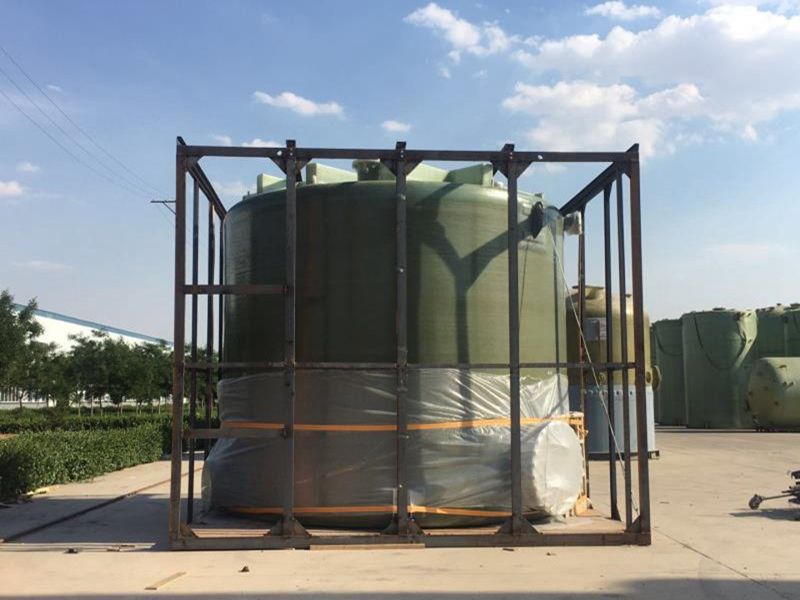
-
 Afrikaans
Afrikaans -
 Albanian
Albanian -
 Amharic
Amharic -
 Arabic
Arabic -
 Armenian
Armenian -
 Azerbaijani
Azerbaijani -
 Basque
Basque -
 Belarusian
Belarusian -
 Bengali
Bengali -
 Bosnian
Bosnian -
 Bulgarian
Bulgarian -
 Catalan
Catalan -
 Cebuano
Cebuano -
 China
China -
 China (Taiwan)
China (Taiwan) -
 Corsican
Corsican -
 Croatian
Croatian -
 Czech
Czech -
 Danish
Danish -
 Dutch
Dutch -
 English
English -
 Esperanto
Esperanto -
 Estonian
Estonian -
 Finnish
Finnish -
 French
French -
 Frisian
Frisian -
 Galician
Galician -
 Georgian
Georgian -
 German
German -
 Greek
Greek -
 Gujarati
Gujarati -
 Haitian Creole
Haitian Creole -
 hausa
hausa -
 hawaiian
hawaiian -
 Hebrew
Hebrew -
 Hindi
Hindi -
 Miao
Miao -
 Hungarian
Hungarian -
 Icelandic
Icelandic -
 igbo
igbo -
 Indonesian
Indonesian -
 irish
irish -
 Italian
Italian -
 Japanese
Japanese -
 Javanese
Javanese -
 Kannada
Kannada -
 kazakh
kazakh -
 Khmer
Khmer -
 Rwandese
Rwandese -
 Korean
Korean -
 Kurdish
Kurdish -
 Kyrgyz
Kyrgyz -
 Lao
Lao -
 Latin
Latin -
 Latvian
Latvian -
 Lithuanian
Lithuanian -
 Luxembourgish
Luxembourgish -
 Macedonian
Macedonian -
 Malgashi
Malgashi -
 Malay
Malay -
 Malayalam
Malayalam -
 Maltese
Maltese -
 Maori
Maori -
 Marathi
Marathi -
 Mongolian
Mongolian -
 Myanmar
Myanmar -
 Nepali
Nepali -
 Norwegian
Norwegian -
 Norwegian
Norwegian -
 Occitan
Occitan -
 Pashto
Pashto -
 Persian
Persian -
 Polish
Polish -
 Portuguese
Portuguese -
 Punjabi
Punjabi -
 Romanian
Romanian -
 Russian
Russian -
 Samoan
Samoan -
 Scottish Gaelic
Scottish Gaelic -
 Serbian
Serbian -
 Sesotho
Sesotho -
 Shona
Shona -
 Sindhi
Sindhi -
 Sinhala
Sinhala -
 Slovak
Slovak -
 Slovenian
Slovenian -
 Somali
Somali -
 Spanish
Spanish -
 Sundanese
Sundanese -
 Swahili
Swahili -
 Swedish
Swedish -
 Tagalog
Tagalog -
 Tajik
Tajik -
 Tamil
Tamil -
 Tatar
Tatar -
 Telugu
Telugu -
 Thai
Thai -
 Turkish
Turkish -
 Turkmen
Turkmen -
 Ukrainian
Ukrainian -
 Urdu
Urdu -
 Uighur
Uighur -
 Uzbek
Uzbek -
 Vietnamese
Vietnamese -
 Welsh
Welsh -
 Bantu
Bantu -
 Yiddish
Yiddish -
 Yoruba
Yoruba -
 Zulu
Zulu
Efficient Water Treatment with Fiberglass Clarifier System
Efficient Water Treatment with Fiberglass Clarifier Systems
In the quest for sustainable water management solutions, fiberglass clarifier systems have emerged as a vital technology in efficient water treatment processes. These systems cater to various water treatment applications, ranging from municipal wastewater treatment to industrial water management, providing an effective means of separating solids from liquids and ensuring clean, drinkable water.
Fiberglass clarifiers are designed to enhance the clarification process, a crucial step in water treatment that involves the removal of suspended solids, organic matter, and other impurities from water. The use of fiberglass as the primary construction material offers several advantages over traditional materials such as concrete and stainless steel. Fiberglass is lightweight, durable, and corrosion-resistant, making it well-suited for environments where chemical exposure is common. This durability extends the lifespan of the clarifier, ultimately reducing maintenance costs and increasing operational efficiency.
The operational mechanism of fiberglass clarifier systems is based on gravity separation, where denser particles settle to the bottom of a tank, allowing relatively clear water to flow over the top. Advanced designs incorporate features such as inclined plates or lamella separators, which enhance the surface area within a compact footprint. This design enables the clarifier to remove solids more efficiently, resulting in improved water quality and compliance with environmental regulations.
fiberglass clarifier system for efficient water treatment and solid ...

In addition to their structural benefits, fiberglass clarifier systems are also modular, allowing for easy scalability based on treatment requirements. This adaptability makes them an ideal solution for various applications, including small communities, industrial plants, and even in temporary setups for disaster recovery situations. By choosing a fiberglass clarifier, organizations can easily meet changing demands without extensive infrastructure modifications.
Furthermore, the operational efficiency of these systems contributes to sustainability goals. By effectively reducing the amount of suspended solids in water, fiberglass clarifiers help decrease the burden on downstream treatment processes, such as filtration and disinfection. This not only enhances the overall efficiency of the treatment plant but also minimizes energy consumption and chemical usage, aligning with modern environmental standards.
Moreover, the innovative use of fiberglass technology translates to smooth, easy-to-clean surfaces, which minimizes the accumulation of biofilm and other contaminants, thereby reducing the frequency of maintenance interventions. Regular cleaning and maintenance ensure that the clarifier operates at peak performance, providing reliable treatment outcomes consistently.
In conclusion, fiberglass clarifier systems represent a robust, efficient, and sustainable approach to water treatment. Their advanced design, coupled with the benefits of fiberglass construction, positions them as a leading choice for various applications. As communities and industries face increasing pressure to deliver safe and clean water, the adoption of innovative technologies like fiberglass clarifiers will be instrumental in achieving these goals while promoting environmental stewardship.
Latest news
-
Exploring the Benefits of Top Hammer Drifter Rods for Enhanced Drilling PerformanceNewsJun.10,2025
-
High-Precision Fiberglass Winding Machine for GRP/FRP Pipe Production – Reliable & Efficient SolutionsNewsJun.10,2025
-
FRP Pipes & Fittings for Shipbuilding - Corrosion-Resistant & LightweightNewsJun.09,2025
-
Premium FRP Flooring Solutions Durable & Slip-ResistantNewsJun.09,2025
-
Premium Fiberglass Rectangular Tanks Durable & Lightweight SolutionNewsJun.09,2025
-
Tapered Drill String Design Guide Durable Performance & UsesNewsJun.09,2025









